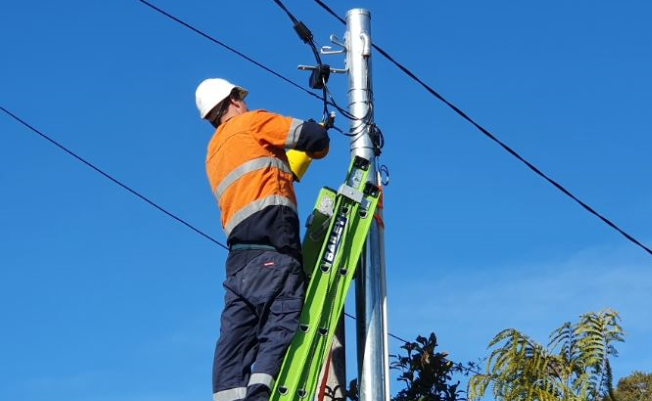Winter Roof Protection: Prevent Snow Build-Up and Collapse

Homeowners may be at considerable danger for structural damage, leaks, or even roof collapse if snow builds up on their roofs. Snow accumulation puts additional strain on the roofing components and the support structure underneath. Furthermore, ice dams that hold water and result in expensive leaks can form when melted snow refreezes near roof edges. Protecting your house in the winter requires avoiding excessive snow accumulation. Thankfully, there are a few practical ways to reduce snow build-up and preserve the structural integrity of your roof over the winter.
Keep Roofs Clear with Safe Snow Removal
Regular snow removal is one of the simplest ways to avoid snow accumulation. Homes may securely remove snow from their roofs while standing on the ground by using a roof rake, a long-handled instrument made especially for this purpose. Snow should be cleared as soon as possible after a heavy fall to avoid freezing or becoming compacted. Steer clear of going onto your roof, since this could harm the roofing materials and be hazardous in freezing weather. It is safer to hire a professional snow removal service if there is a lot of snow on your roof or if it is hard to get there.
Improve Roof Design and Slope for Natural Snow Shedding
Your roof’s slope and design have a big impact on how much snow builds up. Snow naturally slides off steeper rooftops more easily because of gravity. To reduce the risk of a snow roof collapse, whether you are building or remodelling, think about a roof that has a slope angle of at least 30 degrees. Furthermore, compared to rougher shingles, smooth roofing materials like metal might make it simpler for snow to slip off. Even if altering the roof’s design requires a significant financial outlay, knowing how it will affect future choices might help minimize snow-related problems.
Install Snow Guards and Heating Systems
Many homes build snow guards to prevent avalanches. These roof-mounted devices hold snow in place so it melts slowly. This protects gutters, landscape, and people below. Heat tape or roof heating cables can be installed along gutters and eaves in snowy locations. These systems warm key locations to encourage snowmelt and prevent ice dams, reducing water backup and structural damage.
Conclusion
Uneven roof temperatures can result in ice jams. Water is trapped by ice dams formed when heat from the attic melts snow on the roof and then refreezes at the colder eaves. Make sure your attic has enough ventilation and insulation to avoid this. In order to maintain a consistent roof temperature, ventilation permits cold air to flow beneath the roof deck, while proper insulation prevents warm air from escaping into the attic. By preventing snow accumulation and ice dam formation, this balancing helps shield your roof from harm.



